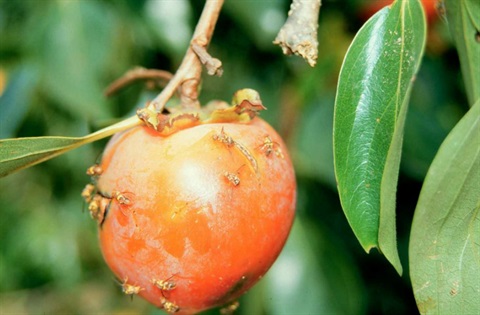
Murrindindi Shire Council, Upper Goulburn Landcare Network (UGLN) and the Murrindindi East University of the Third Age (U3A) are partnering up to educate and encourage everyone to join the fight against the growing Queensland Fruit Fly threat in our region.
Environment Portfolio Councillor, Bec Bowles said as many farmers and gardeners know, Queensland Fruit Fly (QFF) is an extremely destructive insect which attacks fruit trees and fruiting vegetables, decreasing a plant's productivity and making its fruit inedible.
"We need to take steps to tackle the problem now before it gets out of hand. I'll never forget, when I was living in Cairns, where the fruit fly population is significant, biting into what looked like a perfectly good mango only to discover it was full of fruit fly maggots! I'm still haunted by that," Cr Bowles said.
"At 11am on Wednesday 2 October, Murrindindi East U3A is inviting all community members along to a free information session, presented by Yarra Valley QFF Coordinator Bronwyn Koll, at the Old Taggerty School. I really encourage you to get along to this session. It's a good chance to learn more about the pest and how to control it in your garden or on your farm.
"It's also a good opportunity to learn more about, and get involved in, UGLN's QFF monitoring program, which is now in its second year. The program offers anyone interested in monitoring the presence of the flies in their garden, orchard or farm a free, specially-designed trap and report card to submit their findings.
"And, following a $3000 grant from Council in August, UGLN has recently purchased some additional 'pheromone lures', so monitoring program participants can easily refill their traps and attract more flies," Cr Bowles said.






